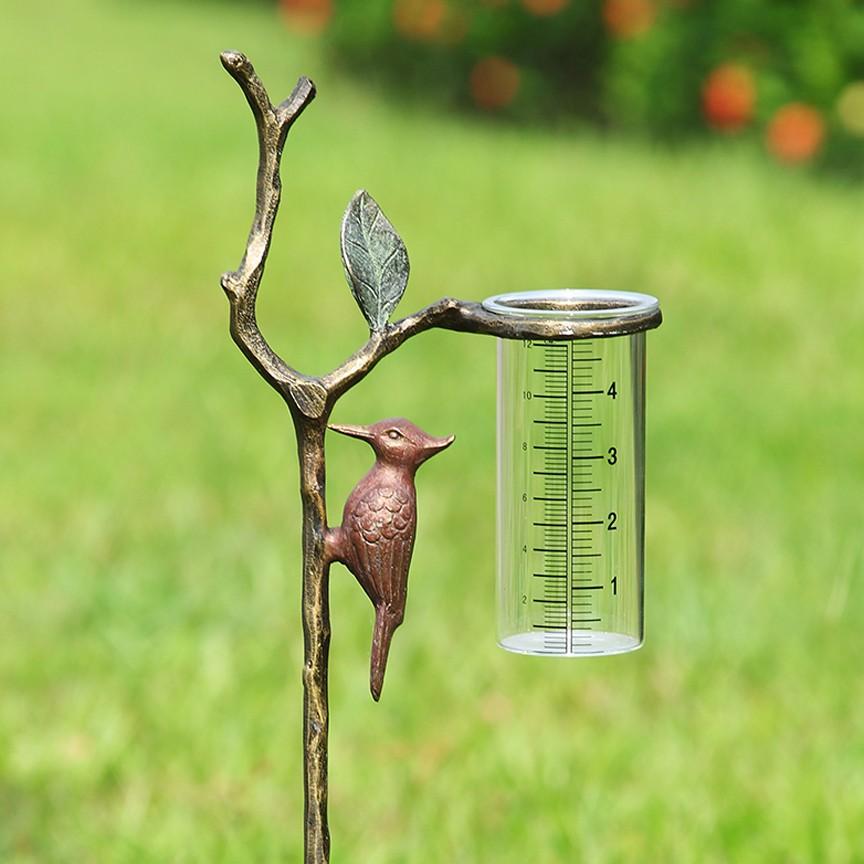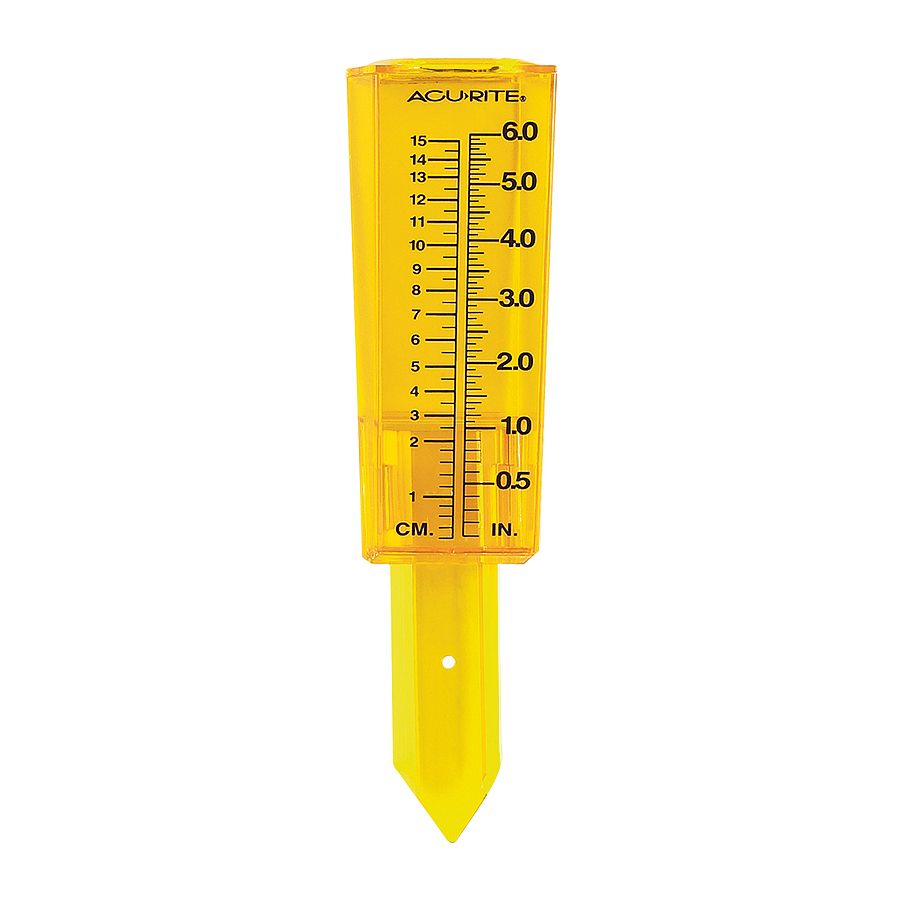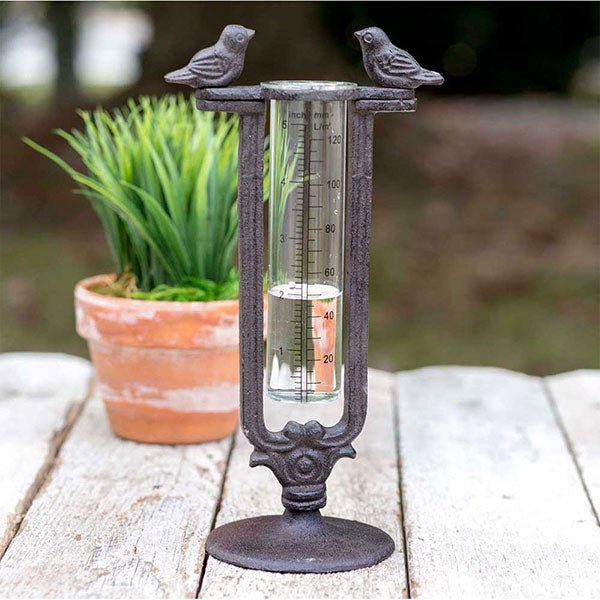Grasping the Scientific Research Behind The Rain Gauge: Insights and Innovations Revealed
Grasping the Scientific Research Behind The Rain Gauge: Insights and Innovations Revealed
Blog Article
How to Choose the Right Rain Scale for Accurate Rainfall Data
Exact rains information is critical for numerous markets and activities, such as agriculture, water, and weather forecasting resource monitoring. To acquire reputable measurements, it is necessary to pick the right rain scale. This overview intends to give useful understandings right into the option process, allowing you to make educated decisions. Thinking about aspects such as location, kind, and precision of the rain scale will certainly assist guarantee exact data collection. Furthermore, recognizing the upkeep and calibration procedures will certainly add to the long life and reliability of your rain gauge. By adhering to these guidelines, you can ensure exact rains information, making it possible for much better decision-making and preparation for different applications.
Significance of Picking the Right Rainfall Gauge
The value of selecting the appropriate rain scale depends on obtaining specific and reliable rainfall information for exact atmospheric analysis. Rain data is critical for a vast array of applications, including weather projecting, hydrological modeling, and environment research. Undependable or incorrect information can bring about incorrect conclusions and flawed decision-making processes.

Second of all, the accuracy and precision of the rainfall gauge are vital. The gauge needs to be able to gauge rainfall with high accuracy, capturing even tiny quantities of precipitation properly.
Furthermore, the location and setup of the rainfall gauge are important considerations. It should be placed in an open location, away from blockages that might influence rainfall dimensions. The scale should be positioned at a proper height and angle to prevent splashing and make sure correct catchment of rain.
Factors to Consider When Selecting a Rainfall Gauge
When picking a rainfall gauge, there are a number of key variables to consider. There are different kinds available, including common rainfall gauges, tipping bucket rainfall evaluates, and evaluating rainfall determines.
One more variable to think about is the product of the rainfall scale. Rain gauges can be made of numerous materials, such as plastic, metal, or glass. The material picked ought to be resistant and durable to weather, ensuring that the rainfall gauge will withstand the aspects and offer precise dimensions with time.
Accuracy is likewise a crucial variable to consider. Search for rain evaluates that have been adjusted and evaluated for accuracy. Functions such as anti-splash rings and funnels can also enhance the accuracy of the dimensions.

Lastly, consider the climate and atmosphere in which the rain gauge will certainly be utilized. Different rain assesses appropriate for different climates, so it is essential to choose one that is ideal for the problems in your area.
Various Sorts Of Rain Determines Available
To additionally explore the factors to consider when picking a rainfall gauge, it is necessary to recognize the different kinds of rain assesses offered. There are a number of sorts of rainfall evaluates, each with its very own benefits and disadvantages. One of the most common kind is the conventional rain scale, also recognized as the cylindrical rain scale. This kind includes a straight-sided round container with a funnel-shaped top. It is easy to use and provides exact dimensions of rains.
One more type of rain scale is the tipping bucket rain gauge. This gauge makes use of a seesaw-like device to collect and gauge rainfall. As the rainfall falls under the scale, it fills out one side of the bucket, creating it to tip and empty the water. The variety of ideas is counted online to determine the quantity of rainfall. Tipping bucket rainfall determines are popular for their precision and ability to measure rainfall intensity.
A third kind of rain gauge is the considering rain scale. see page This gauge uses a balance system to gauge the weight of the accumulated rains. As the rain falls into the scale, it is collected in a container attached to an equilibrium. The weight of the water is gauged, and the rainfall amount is determined based on the weight. Weighing rainfall evaluates are very exact yet can be more costly and call for normal upkeep.
Lastly, there are also remote rain gauges that use advanced technology to gauge rainfall (The Rain Gauge). These determines usage sensing units and transmitters to send data wirelessly to a main system. Remote rainfall gauges are practical for keeping an eye on rainfall in hard-to-reach areas or for large information collection
Just How to Identify the Precision of a Rain Scale
One way to analyze the accuracy of a rain scale is by conducting routine calibration measurements. Calibration read what he said includes comparing the readings of a rainfall gauge to a common dimension, such as a qualified rain scale or a climate station with high accuracy. By comparing the dimensions, any type of discrepancies or mistakes in the rain scale can be identified and accounted for.
To perform a calibration measurement, beginning by collecting rainfall data from both the rainfall scale and the basic dimension device over a certain amount of time, such as a month. Then, compare the analyses and compute the distinction between them. This difference is referred to as the calibration mistake.
It is very important to keep in mind that calibration dimensions must be carried out frequently, as environmental aspects, such as wind, temperature level, and debris, can impact the accuracy of the rain scale with time. By conducting regular calibrations, any modifications in the precision of the rainfall gauge can be spotted and adjustments can be made as necessary.
Along with calibration, it is also advised to tidy and maintain the rainfall scale consistently to ensure its accuracy. Remove any type of particles or obstructions that may impact the precision of the dimensions, and look for any indications of damages or put on that may call for repair services or substitute.
Tips for Maintaining and Adjusting Your Rain Gauge
Normal upkeep and calibration are vital for guaranteeing the precision and reliability of your rain scale in determining rains information (The Rain Gauge). By following a couple of simple tips, you can guarantee that your rainfall gauge is correctly preserved and adjusted
Firstly, it is very important to clean your rainfall gauge on a regular see page basis to protect against any type of debris or dirt from obstructing the rain collection device. Make use of a soft brush and a mild detergent to carefully clean the inside and beyond the gauge. Wash it thoroughly with clean water and allow it to dry entirely prior to re-installing it.
Secondly, it is recommended to adjust your rainfall gauge at the very least annually. Calibration includes contrasting the dimensions of your rainfall gauge with those of a trusted and precise recommendation scale. This will help you determine and remedy any potential errors in your rain gauge's measurements.
To adjust your rain scale, accumulate a known quantity of water using a gauging container and compare it with the measurements taped by your rain gauge. Readjust the readings appropriately to guarantee precision.

Verdict
In final thought, selecting the best rain gauge is critical for acquiring exact rainfall data. Elements such as budget, objective, and area should be taken into consideration when choosing a rainfall scale.
There are different types offered, including common rainfall assesses, tipping bucket rainfall evaluates, and evaluating rain evaluates.To better discover the aspects to consider when choosing a rainfall scale, it is vital to understand the different types of rain evaluates readily available. The most usual type is the typical rain gauge, additionally recognized as the round rain gauge.One more kind of rain scale is the tipping pail rain scale. Calibration involves comparing the readings of a rain gauge to a basic dimension, such as a qualified rain gauge or a weather condition station with high precision.
Report this page